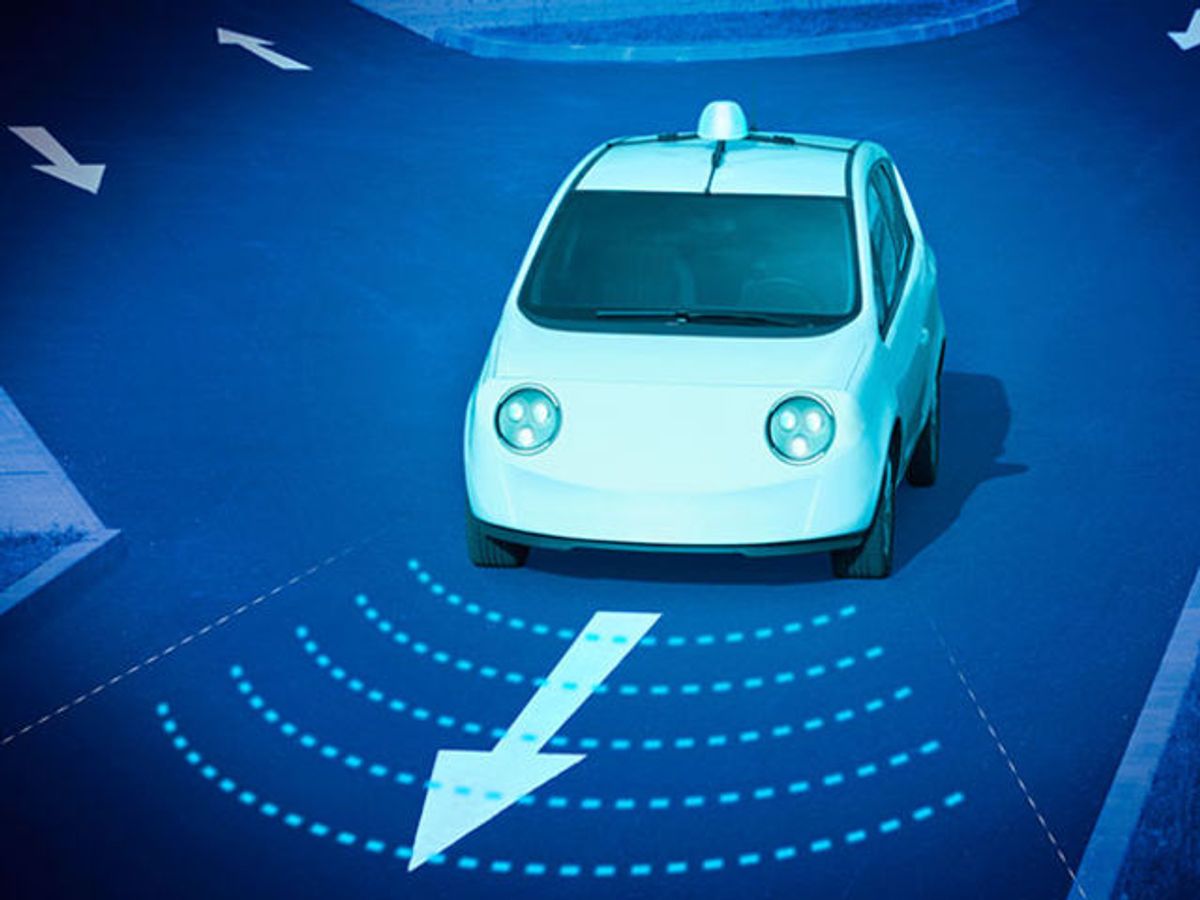It could take hundreds of billions of kilometers of driving before autonomous cars are pronounced safe, according to a new report. Logging that many kilometers, in order to generate a large enough cache of safety data, could take decades. To put those hundreds of billions of kilometers in context, Google’s self-driving cars have driven 2.4 million kilometers since 2009.
Analysts from the nonprofit RAND Corporation in Santa Monica, Calif., who authored the report say that proving self-driving cars to be as safe as human-controlled ones will require robocar developers and testers to employ test methods—virtual testing and simulators, mathematical modeling, and scenario testing among them—that don’t require the rubber to meet the road.
The U.S. National Highway Traffic Safety Administration says that more than 90 percent of car crashes are caused by human errors such as speeding, drunk-driving, distraction, and fatigue. Besides remaining ever alert and being incapable of failing a breathalyzer test, self-driving cars’ ability to communicate with each other and fixed infrastructure like traffic lights could make driving pretty efficient.
But the statistics will never stack up enough for us to be completely certain that accidents won’t happen, the analysts say.
That’s because human error is a critical benchmark with which to compare self-driving cars. And though we tend not to view it that way, the rate of road injuries and deaths because of human error is pretty low compared to the total distance traveled. Americans drive roughly 4.9 trillion kilometers every year, according to the Bureau of Transportation Statistics, and for every 160 million miles driven, there are about 77 injuries and about 1 death. To prove that autonomous cars are safe—that they have similar or lower injury and death rates—they would have to log comparable travel distances, the anslysts contend. And that will be impossible before self-driving cars are sold to the public.
Google seems to be aware of these limitations and the safety concerns related to robotic cars. The company’s Chris Urmson recently outlined plans for an incremental roll-out of the cars, with vehicles meant for sunny weather and wide-open roads coming out before models designed for places where it snows and traffic is regularly snarled.
Prachi Patel is a freelance journalist based in Pittsburgh. She writes about energy, biotechnology, materials science, nanotechnology, and computing.



